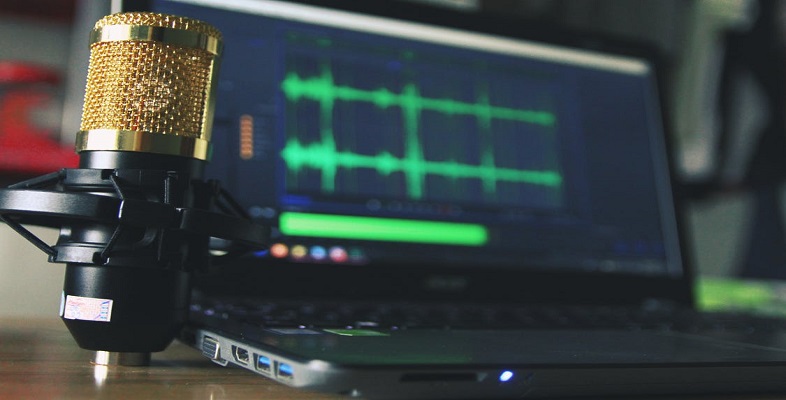3.1 Magnetic tape recorders

Experiments showed that the use of paper tape coated with iron oxide particles significantly improved the signal-to-noise ratio. A plastic-based version of this magnetic tape, developed by the German company BASF, led to the development of a commercial tape recorder with audio characteristics that could nearly match those of the gramophone record, but not at an economical price. Secret work on tape recorders was undertaken by the Germans throughout the Second World War.
Soon tape recorders were in use by the American radio networks for pre-recording their broadcasts, the entertainer Bing Crosby being one of the greatest proponents of the technology. Recording companies were also quick to embrace the benefits of tape – especially the ease with which mistakes could be edited and retakes inserted. Also the ability to record for longer periods (30 minutes or more) meant less need for recording sessions to be split into short takes. Early domestic recorders were used primarily for playing stereo recordings, but they were costly in terms of both the hardware and the media: a pre-recorded stereo tape cost five times that of the equivalent mono LP disc. The sales of pre-recorded tape plummeted once stereo LPs became available in 1958. From that point on, domestic tape recorders were used mainly by enthusiasts for home recording.
An important feature of the use of magnetic tape is the effect on the sound of the speed at which the tape travels. The audio bandwidth of a tape recorder is determined to an extent by the selection of the tape speed, i.e., the rate at which the tape is drawn across the record and play heads. The wavelength of the audio signal recorded onto the magnetic tape is proportional to the tape speed. As the tape speed is increased, a greater proportion of the tape is used to store the audio signal, allowing higher frequencies to be retained on the tape. Because high tape speeds are less economical on tape usage, tape recorders had speed controls to allow users to select the tape speed to suit the audio quality. The figures below give you some idea of the variation of tape speed that was used for different purposes.
Speeds are measured in cm/s (centimetres per second) and ips (inches per second).
| Tape speed | Bandwidth | Use |
|---|---|---|
| 38 cm/s (15 ips) | 20 Hz-20 kHz | studio recording |
| 19 cm/s (7½ ips) | 30 Hz-15 kHz | high-quality home recording |
| 9.5 cm/s (3¼ ips) | 40 Hz-13 kHz | general domestic music and speech |
| 4.8 cm/s (1 7/8 ips) | 50 Hz-6kHz | recording speech (dictation) |
